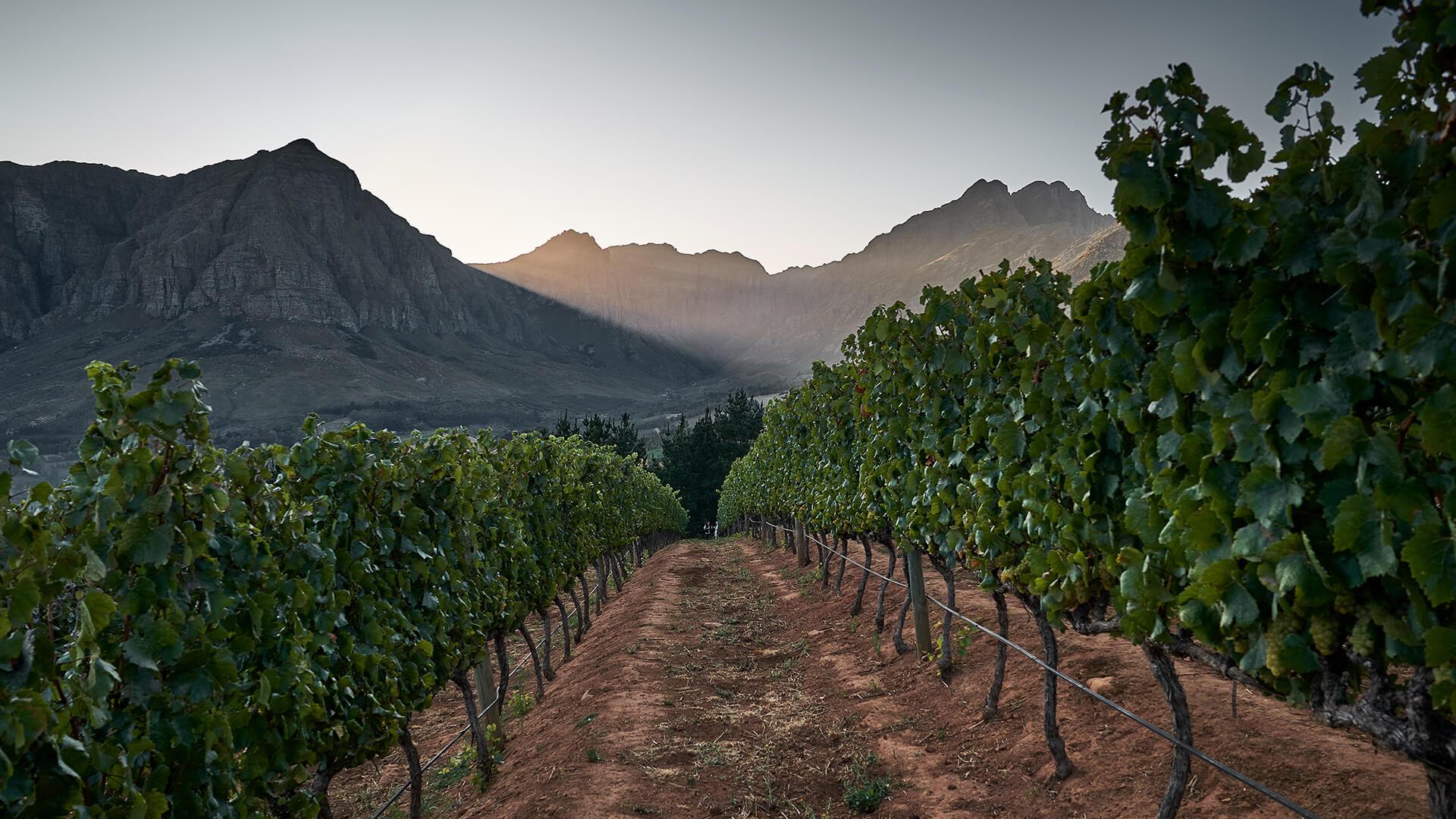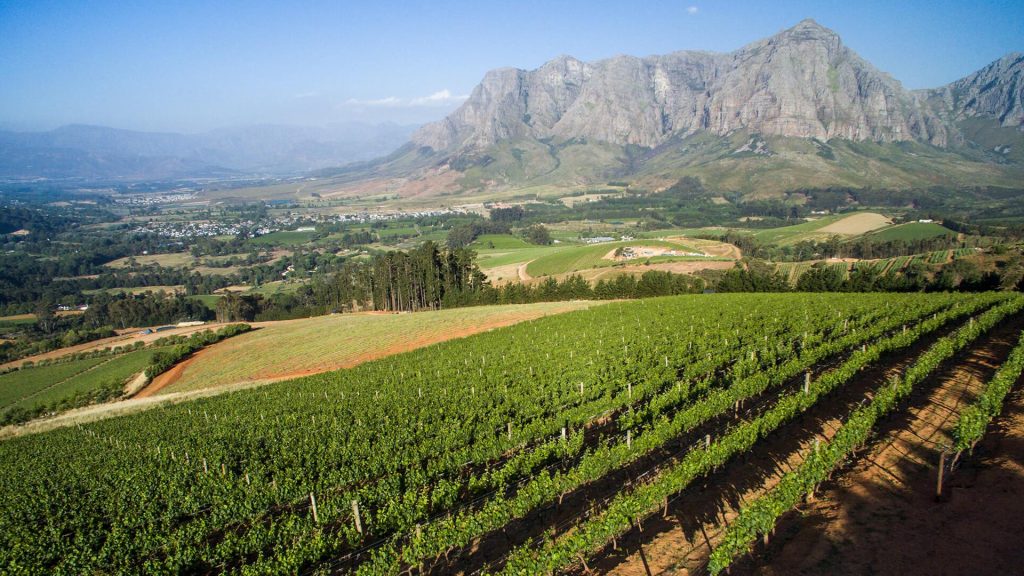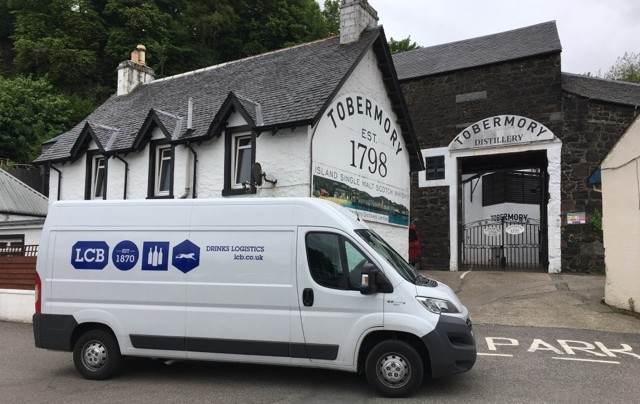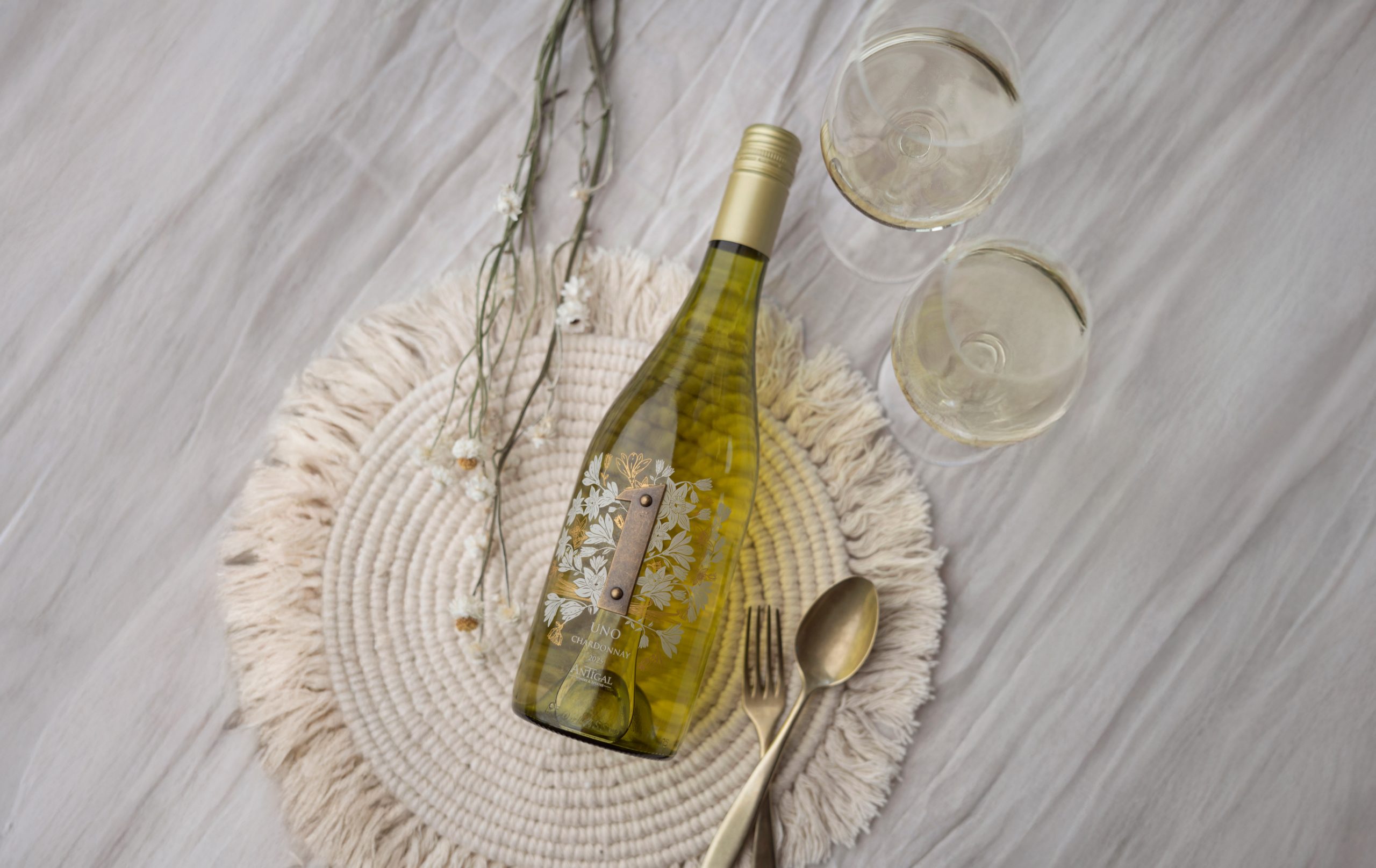Capensis flies the flag for ‘world-class’ South African Chardonnay
Such are the ambitions for Jackson Family Wines’ Capensis project in South Africa that head winemaker Graham Weerts doesn’t shy away from comparisons with Burgundy – although its regional blend concept also has echoes of the Penfolds approach, as Richard Woodard discovers.

To date, South Africa’s fine wine credentials have largely been built on the quality of the country’s red wines: full-bodied examples from Stellenbosch or more delicate, cool-climate expressions from areas such as the Hemel-en-Aarde Valley. Among white wines, you might think of Vin de Constance, or possibly bush vine Chenin Blanc – but what about Chardonnay?
“South Africa is world-class when it comes to Chardonnay, and we are only scratching the surface in terms of discovering some of South Africa’s amazing vineyards,” claims Graham Weerts, head winemaker at Jackson Family Wines-owned Capensis, established in the Western Cape in 2013.
“Some of my early experiences with Chardonnay were while working with Mike Dobrovic at Mulderbosch Vineyards, discovering sublime Chardonnay sites that stood the test of time in the bottle. Outside of Burgundy, there aren’t many places where you can grow great Chardonnay, but South Africa has a few of those places.”
In 2007, Jackson Family Wines chairman and proprietor Barbara Banke visited South Africa and – says Weerts – was “blown away” by what she saw. “There was a revolution happening from a quality perspective, and in the process of looking for a vineyard site we stumbled upon this amazing place – what is now our Fijnbosch vineyard,” he adds. “Fijnbosch gave us a home in South Africa, and cemented a longer-term vision for what Capensis could become.”
Of Capensis’ three wines, however, just one – Capensis Fijnbosch, only made in the best vintages – is a single-vineyard expression. The other two – Silene, sourced from high-altitude vineyards, and the eponymous flagship Capensis – are multi-site blends.
“We took a different model with Capensis that veered from the single vineyard estate model – we put our confidence in a single variety and how it would express itself differently in different places,” explains Weerts. “The Western Cape is such a huge palette to play with, why not show an expression of the entire Western Cape and tell the story in a different way?
“As a winemaker, it ensures I can deliver a wine of the highest possible quality – a true, authentic expression of the region. Penfolds is an excellent example of achieving exceptional quality by blending across multiple sites.”
Each vineyard element brings something different to the Capensis blend, from Fijnbosch’s elevation (the ‘Flowers’ block is claimed as the highest in Stellenbosch, at 600m above sea level) to neighbouring Nooitgedacht’s maritime acidity and bright citrus fruit.
Dry-farmed Kaaimansgaat in Overberg is one of the country’s oldest Chardonnay vineyards (about 30 years old), with deep granite soils, Vleiplaas in Klein Karoo adds “a matchstick flinty minerality”, and E Bruwer vineyard in Robertson is important for texture and acidity, as well as being “the salt that brings the whole blend together”.
Partner Content

Blend it may be, but Weerts still believes it encapsulates the unique growing conditions of the Western Cape. “In today’s world of wine, the fact remains that the clonal selections we work with are very similar, if not the same, from country to country,” he says. “We all share material and knowledge all the time, and therefore the differences really come down to site expression and growing conditions which prevail in the specific areas you source from.
“The farming practices, crop load and vine age all contribute to the singular expressions which define a site or region. The thing with Chardonnay is also the fact that the timing of when you pick can also really set the tone for regional differences.
“In the Western Cape, we are blessed with multiple regions, each with very specific characters, but the one defining factor which sets the entire region apart is the fact that the soils are extremely old and weathered. With careful farming practices, these sites express that restraint and complexity.”
Stylistically speaking, where does that place South African Chardonnay? Weerts believes that much depends on where you source your fruit, but Capensis tends to seek lemon and lime flavours from higher-altitude sites, and peach/stone fruit characters from lower elevations.
“We also look for savoury and salty expressions from the very specific sites which have older vines. Overall, South African Chardonnay presents a more similar profile to Burgundy – and Europe – than other expressions, such as California Chardonnay, at a more approachable price point.”
After Capensis, Weerts’ work for Jackson Family Wines entered a new phase in 2018 with Dalkeith, a project focused on the fine wine potential of old bush vine Chenin Blanc and Syrah. A chat “over a couple of beers” with longtime friend Adi Badenhorst led to Weerts sourcing Chenin from Badenhorst’s Kalmoesfontein and Jakkalsfontein vineyards in Swartland.
“With Dalkeith, our aim is to showcase the extraordinary potential of Chenin Blanc, crafting wines at the highest possible quality level,” he explains. “Moving forward, we plan on embracing a more regionally focused approach, with a particular emphasis on the unique terroir of the Swartland region.” The only concern – given Dalkeith’s exclusive use of old bush vine Chenin – could be fruit supply.

The wines produced under the Capensis and Dalkeith banners are clearly a source of great pride for Weerts, a native of Cape Town and graduate of Elsenburg Agricultural College whose career has taken him to Bordeaux and California, the latter including stints at two Jackson wineries, Vérité in Sonoma County and Stonestreet in Alexander Valley.
“I always knew there was incredible potential in South Africa,” he says. “There’s such remarkable history in the Western Cape that it’s almost hard to believe, but the opportunity there became more evident through the distance and experience of living abroad.
“When I was first working in South Africa in the early 2000s, before leaving for Bordeaux and then the US, I remember thinking that if we could just get the viticulture right, the results would speak for themselves … Working abroad and returning home was significant in shaping my understanding of wine on a broader, global scale, as well as deepening an appreciation for what was possible in South Africa.”
Related news
Strong peak trading to boost Naked Wines' year profitability




